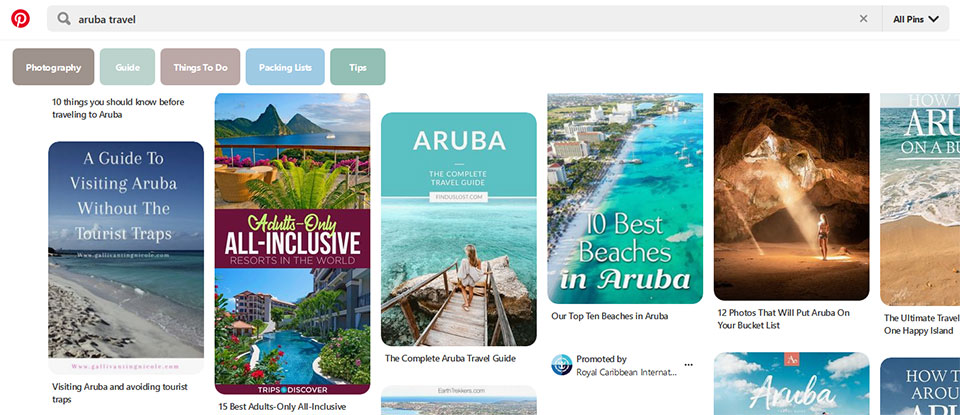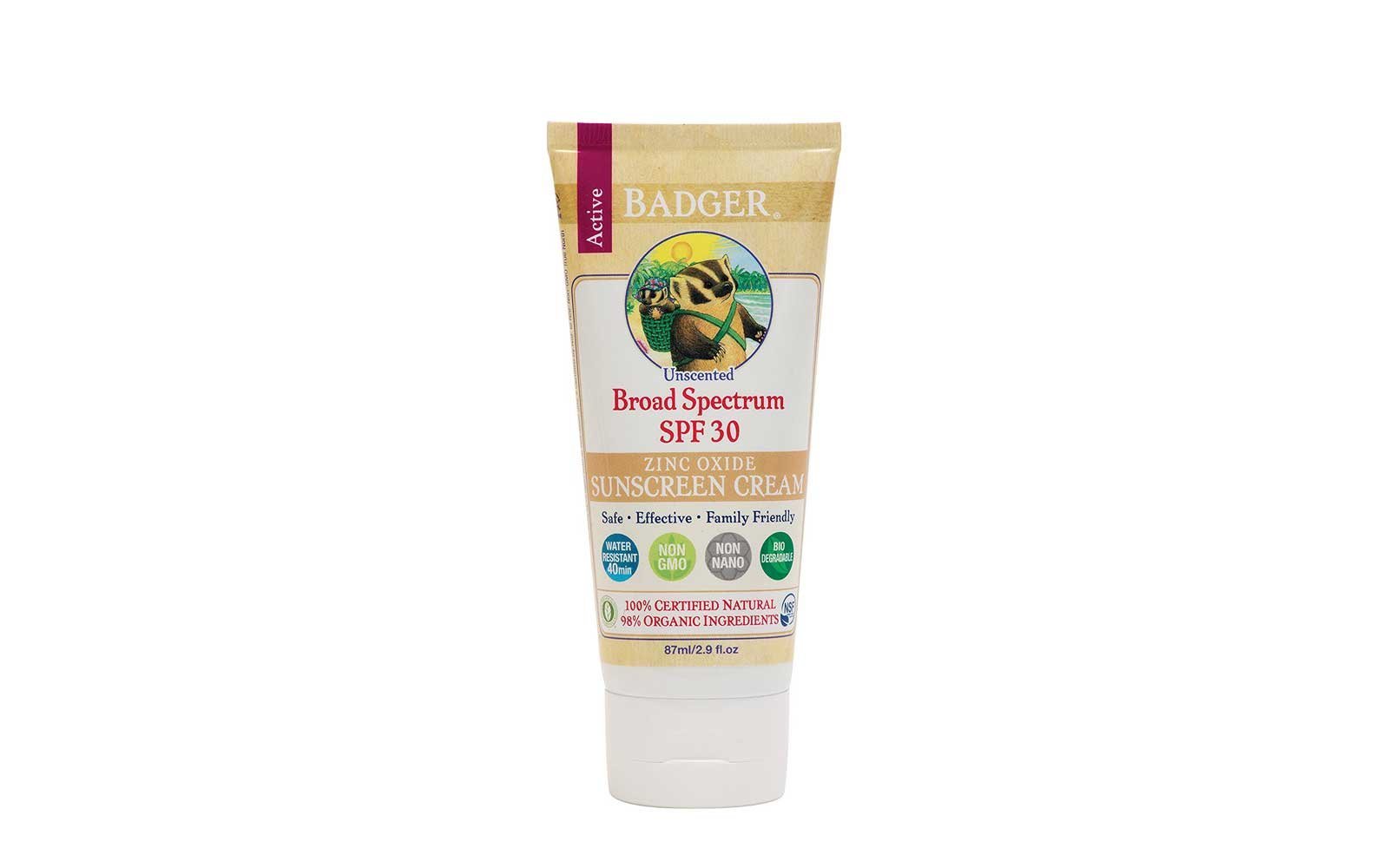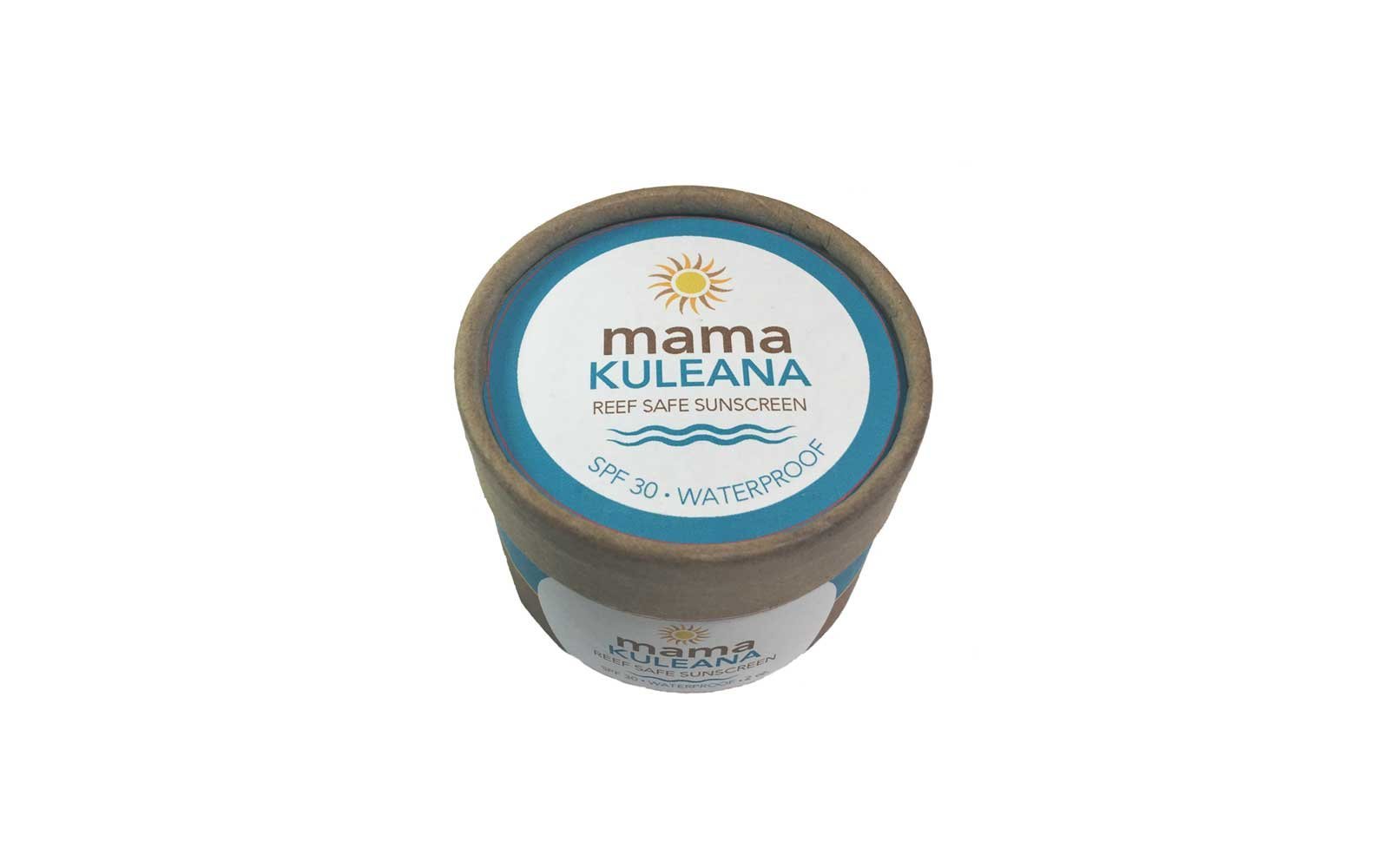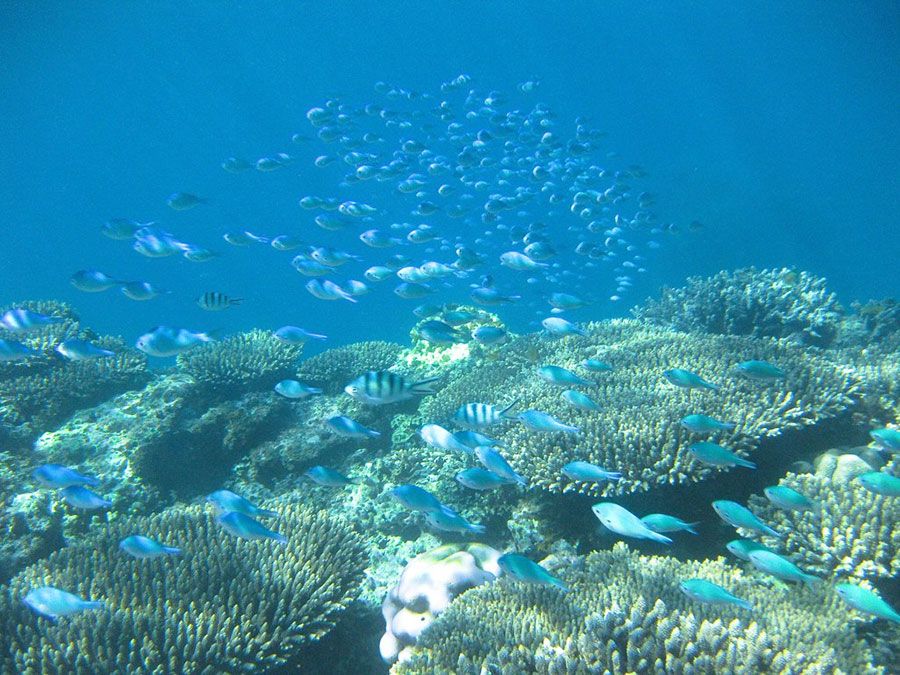Pinterest can be especially useful for discovering new places you want to visit, eat or things to do. One of the main reasons why Pinterest is better to compare to Instagram or Facebook is because it gives so an easy way to organize and store your boards and you can easily find them. There is no way to do this on Instagram or Facebook and I hate them just for this simple reason.
Pinterest has grown into a huge community of people and you can find there almost everything, from home decoration projects to recipes and ideas for your next dinner. The recommended boards that pop up gives you an idea of popular boards you may be interested in. You may create or subscribe to as many boards as you want.
People on Pinterest are inspired by nature this year, with searches for “nature travel” up +88%. More than two times more travelers use Pinterest vs. top online travel agency sites in 2019.
More and more people are discovering Pinterest especially when it comes to travel planning, with over 250 million people around the world who come to discover new ideas every day.
No matter what you’re planning, Pinterest has ways to make sure you’re ready for some thrills including a surf trip packing list or ways to plan for a surprise destination. Check out our adventure travel guide board for more.
Over the years Pinterest has evolved more into a search engine and it can help you find anything on the internet.
You can have boards for all sorts of things such as your travel wish list, beautiful beaches, hotels you want to visit, activities you want to try or country-specific boards.
Start by searching for travel pins and before you know it you’ll have lots of boards filled with places you want to visit.
How To Use Pinterest To Plan Your Trip
To get started with Pinterest, you’ll need to set up a profile on Pinterest, if you don’t have an account – this is a quite simple and easy process.

Here’s how a board works: Using Aruba travel for example, you would create a board called “Aruba travel.” Then, you’d search for terms that fit the type of trip you’re planning, such as:
- Finding Inspiration Through Travel Photos
- Things to do
- Packing list
- Tips
When you collect a bunch of images and resources about your desired destination, you can then search for other helpful information like ideas about what to eat there or what to pack, camera gear or solo travel tips.
Pinterest has a great user-friendly visual layout and shopping features that make it an ideal place to find travel inspirations, plan and book your next getaway.
How to travel eco-sustainably
Avoid bottled water
Travel with sustainable, eco-friendly or fairtrade travel agencies
Reduce consumption of meat
Use eco-friendly products
Book eco-friendly accommodations
Support local economies
For more tips and tricks check our section Travel Tips
















